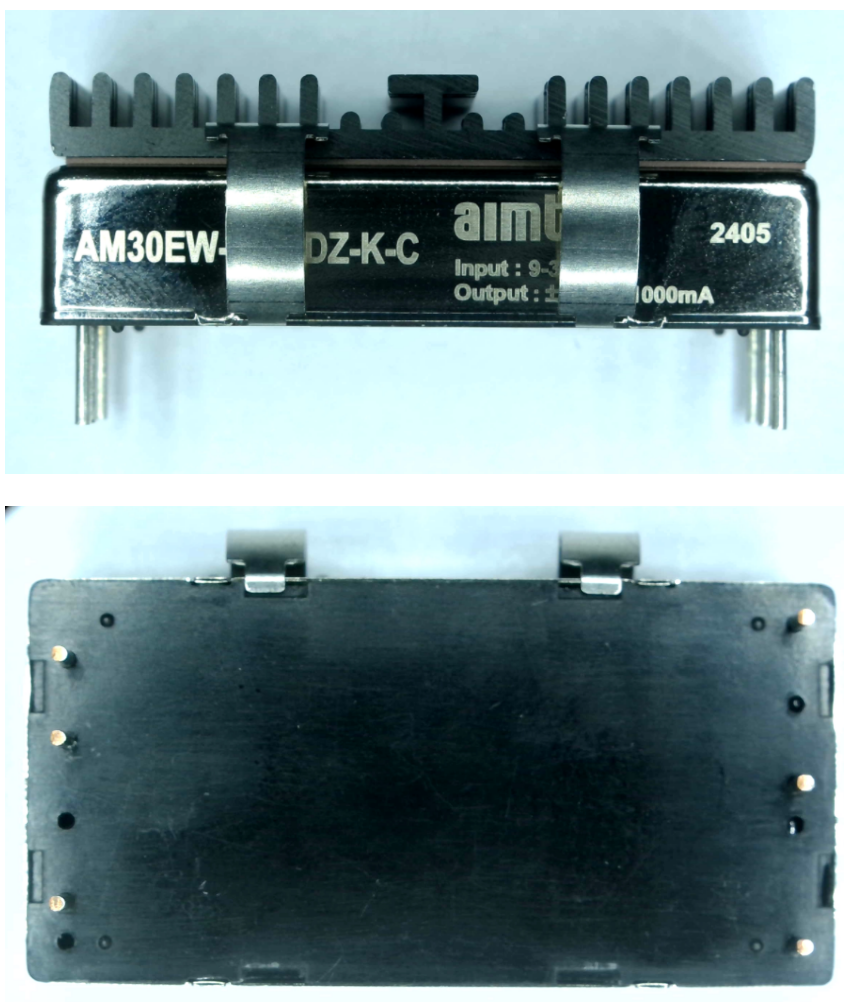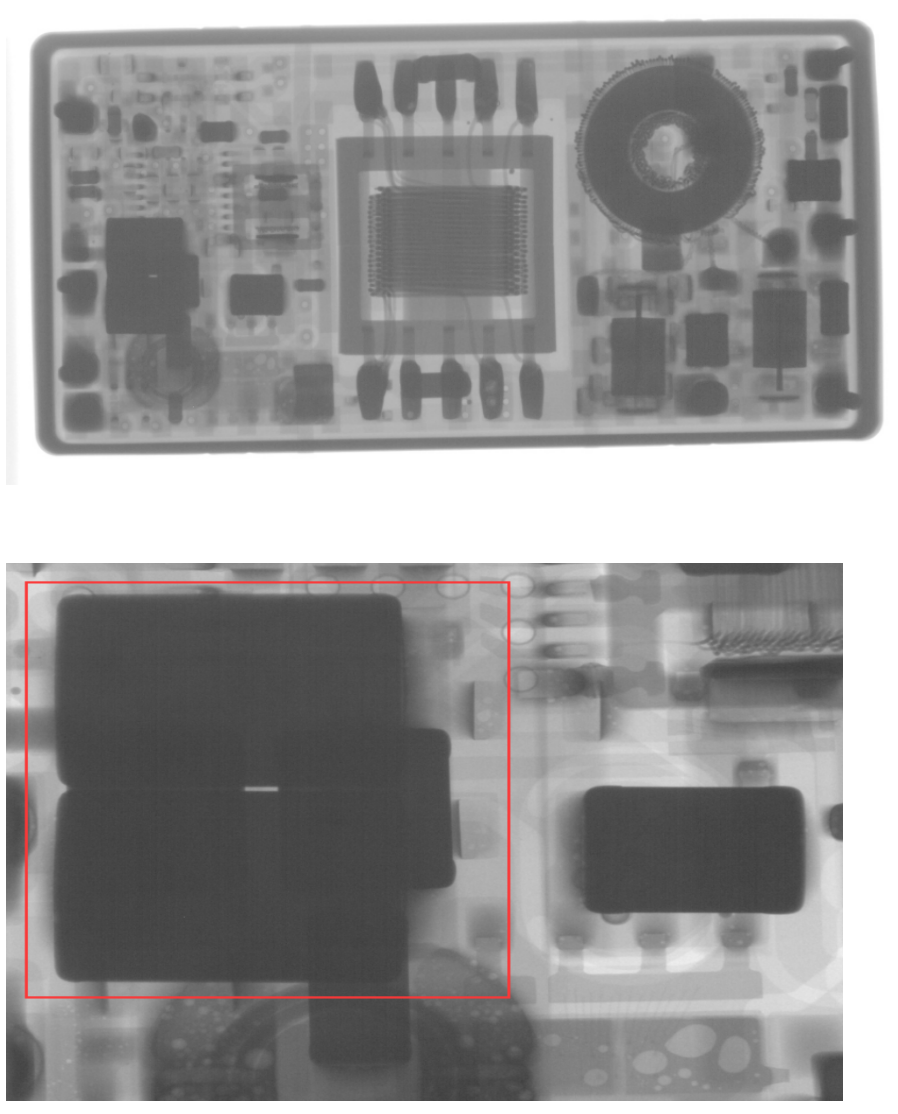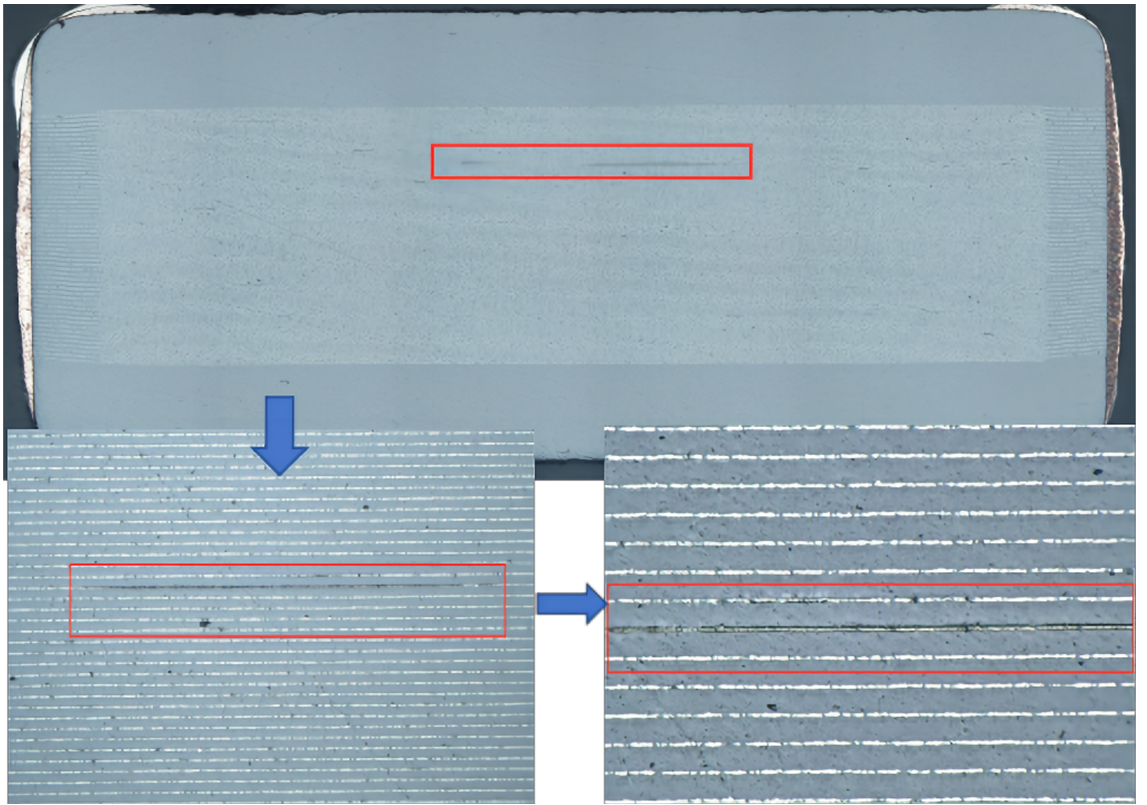How to troubleshoot capacitor failures in DC/DC modules?
Date:2024-04-26 16:23:56 Views:118
In recent years, switch mode power converters have been widely used in various fields of modern electronic technology, including industrial, commercial, utility, and consumer markets. Based on low-power DC/DC conversion applications, most modern power conversions are accomplished using three main types of power converters: step-down, step-up, and step-down step-up. But in specialized applications, advanced combinations or enhanced variants of traditional topologies are often used. Although various DC/DC converter topologies can be found in literature, there is no solution that can meet the needs of all applications, so customization has become a necessary path.
Conversion technology has been widely applied in industry, research and development, and daily life, and the demand for its failure troubleshooting has also increased significantly. How to troubleshoot the failure of a switch mode power converter that contains capacitors inside? Chuangxin Testing will introduce the basic steps of conducting failure analysis on such modules through case studies.
1、 Case background
After the packaging of the customer's DC/DC converter module was completed, some modules were found to have abnormal output during screening, so the defective products were sent for testing. We found abnormalities in the input filtering capacitor during our investigation and proceeded with failure analysis. Through visual inspection, X-ray inspection, lid opening inspection, grinding and slicing, and other testing methods, the ultimate cause of failure was revealed to us layer by layer from the outside to the inside.
2、 Analysis process
1. Appearance inspection:
Firstly, an overall visual inspection of the device was conducted, and no obvious abnormalities such as edge collapse, cracks, holes, or polishing were found in the plastic packaging body; The pin coating is intact and shows no obvious signs of oxidation or corrosion. The next step is to conduct an internal investigation.

2. X-ray examination:
Due to the discovery of abnormalities in the input filtering capacitor in the early stage, in order to further confirm the incoming packaging, X-ray inspection was conducted on the internal packaging of the module. However, no abnormalities such as voids, welding, broken wires, cracks, etc. were found inside the module in this step. Non destructive testing was unable to find the exact point of failure, and now it is necessary to introduce destructive testing.

3. Open lid inspection:
The module was unpacked using physical and chemical methods, and no abnormalities such as capacitor defects or cracks were found on its surface. The cause of failure needs to be investigated internally. For capacitors, internal structural inspection can be used.

4. Grinding and slicing:
The internal structure of the capacitor is layered, so it is suitable to observe and identify failure points layer by layer through slice testing. According to the metallographic section detection process, the samples were sliced and observed under electron microscopy. The internal layers of C1 and C2 capacitors were analyzed for structure, and it was found that there was cracking in the dielectric layer inside the C1 capacitor, and the failure point was determined.

3、 Revealing and summarizing the causes of failure:
After completing various inspections from the outside to the inside, the conclusion is that the internal input filter capacitor of the DC-DC converter module is cracked and defective, which leads to an increase in circuit noise and a decrease in circuit stability, ultimately resulting in abnormal module output.
The causes of internal cracking in capacitors are relatively complex, including internal stress, mechanical vibration, temperature changes, etc., which can all cause internal cracking in capacitors. The adverse factors such as temperature changes and vibrations caused during module packaging can also lead to internal cracking of capacitors.
Finally, system failure caused by capacitor cracking is very common, especially in the widespread application of switch mode power converters today. The probability of this failure occurring is greatly increased. Accurately locating the cause of the failure is a prerequisite to prevent such accidents from happening again. For the failure of various components, Chuangxin Testing can use professional equipment, analyze according to rigorous processes, and provide reasonable avoidance suggestions. If customers have any needs in this regard, please feel free to call Chuangxin Online Testing Laboratory. National hotline 4008-655-800.




 Weixin Service
Weixin Service

 DouYin
DouYin
 KuaiShou
KuaiShou




















